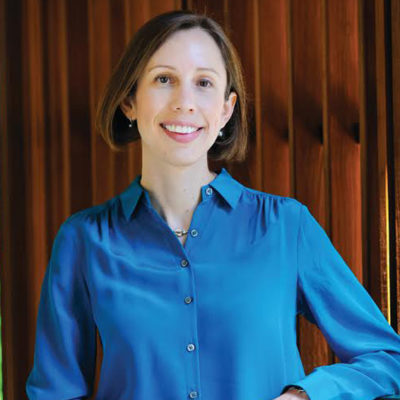Finding And Funding The Cure
Summary
Professor Lisa Ouellette comments on how changes in drug patenting laws have affected university research for the Yale Daily News.
It looked terrible for Yale. There, in one of the nation’s most widely read newspapers, was an article about the University receiving $40 million in annual royalties from a drug that was too pricey to sell in places where the disease raged on. It was March 2001, and The New York Times had quoted a letter addressed to the Yale Law School students campaigning against the prices. The letter, which had been written in February by Jon Soderstrom, managing director of Yale’s Office of Cooperative Research, the body responsible for dealing with patents and licensing, read, “Although Yale is indeed the patent holder, Yale has granted an exclusive license to Bristol-Myers Squibb Co., under the terms of which only that entity may respond to a request.”
The law students, part of a group called the Yale AIDS Action Coalition, had responded with their own request: “If you say you’ve got this license agreement that doesn’t leave you any wiggle room, then let us take a look,” recalled Marco Simons LAW ’01, one of the law students in the coalition and now the legal director of EarthRights International. The Office refused.
…
According to Lisa Ouellette, an assistant professor at Stanford Law School who focuses on patenting under the Bayh-Dole Act, the change was necessary. Prior to 1980, she said, “the concern was that a lot of university researchers were doing cool things, but that the university wasn’t being used by society more broadly because there were no incentives to commercialize it.”
Read More
